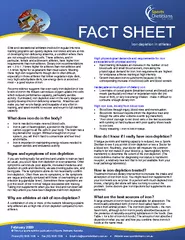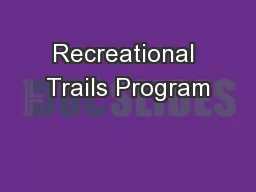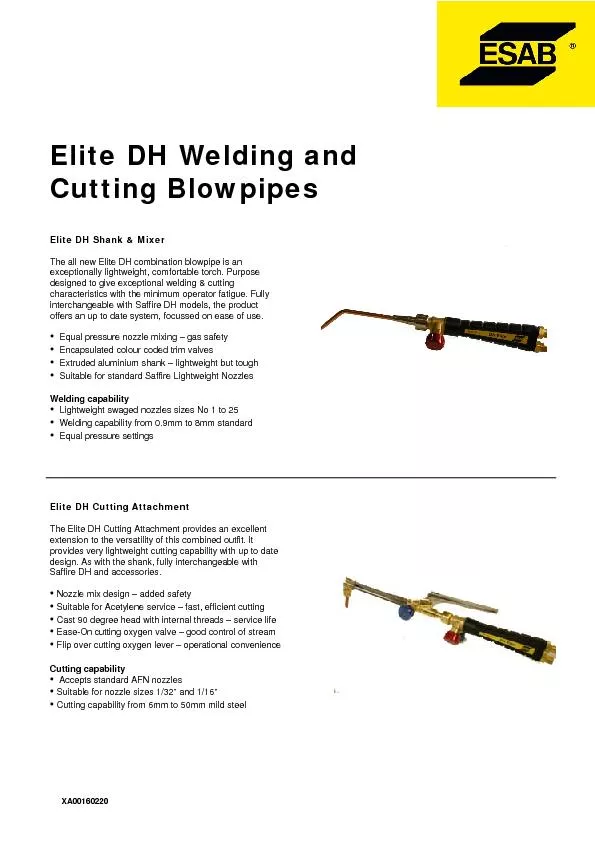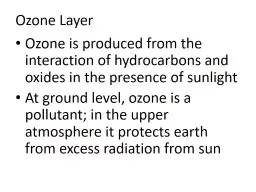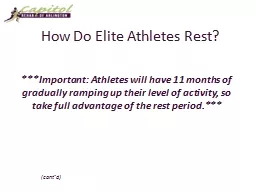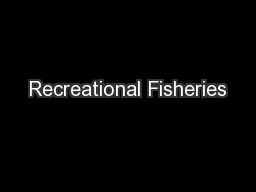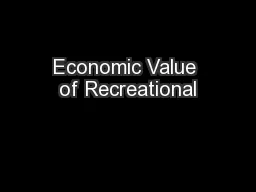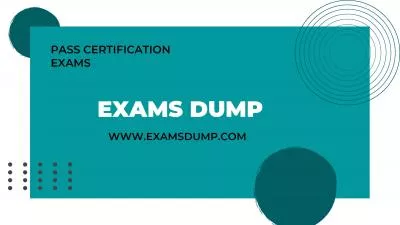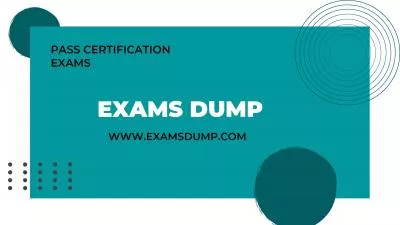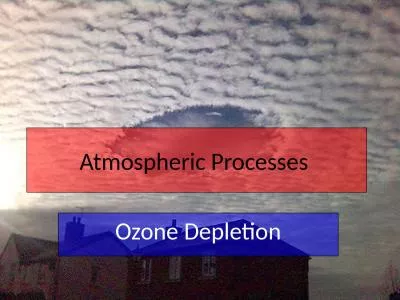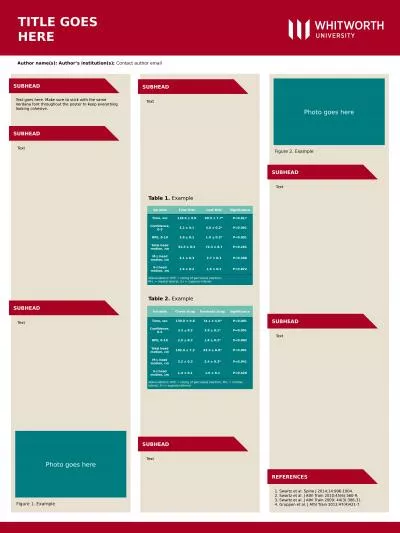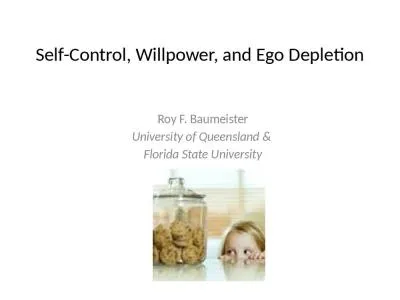PDF-Iron depletion in athletes Elite and recreational athl
Author : kittie-lecroy | Published Date : 2015-05-27
These athletes and in particular female and adolescent athletes have higher iron requirements than non athletes Dietary iron recommendations are 13 to 17 times higher
Presentation Embed Code
Download Presentation
Download Presentation The PPT/PDF document "Iron depletion in athletes Elite and rec..." is the property of its rightful owner. Permission is granted to download and print the materials on this website for personal, non-commercial use only, and to display it on your personal computer provided you do not modify the materials and that you retain all copyright notices contained in the materials. By downloading content from our website, you accept the terms of this agreement.
Iron depletion in athletes Elite and recreational athl: Transcript
Download Rules Of Document
"Iron depletion in athletes Elite and recreational athl"The content belongs to its owner. You may download and print it for personal use, without modification, and keep all copyright notices. By downloading, you agree to these terms.
Related Documents

